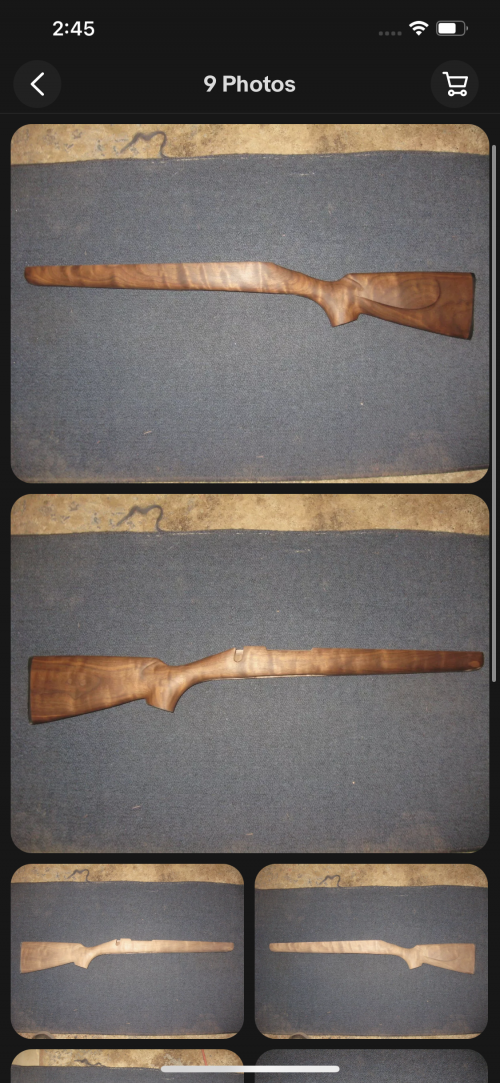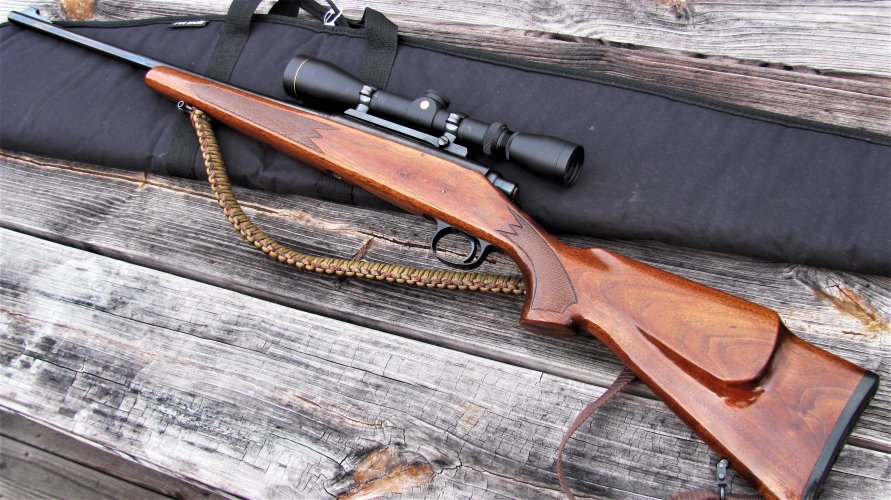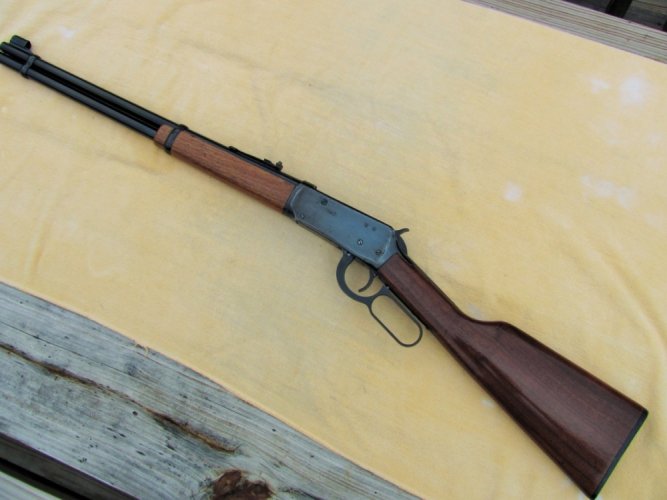Finally coming towards the end of a build and am ready to finish the stock.
I have a figured piece of walnut and want to do an oil finish. Problem is, boiled linseed oil gets pretty dark and can hide the figure.
Any other ideas for hand rubbed finishes that would turn out lighter?
The picture show it rubbed with mineral spirits.
I have a figured piece of walnut and want to do an oil finish. Problem is, boiled linseed oil gets pretty dark and can hide the figure.
Any other ideas for hand rubbed finishes that would turn out lighter?
The picture show it rubbed with mineral spirits.







